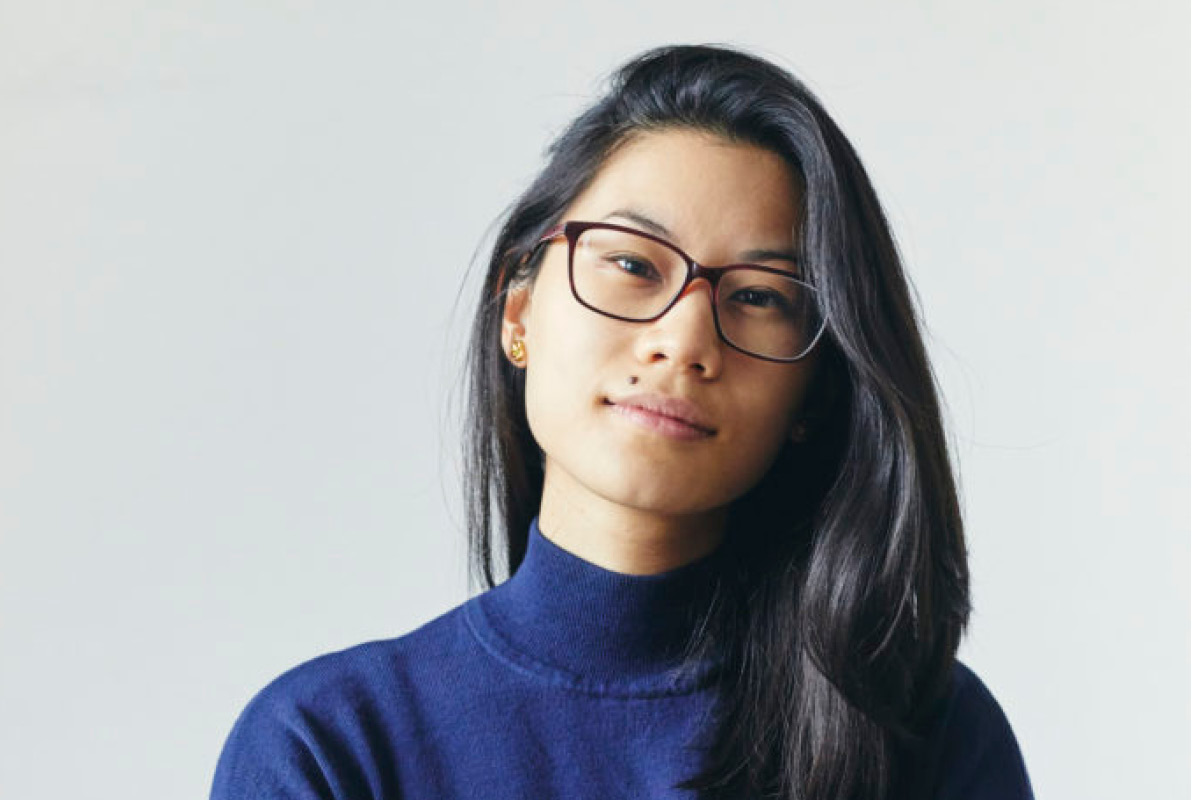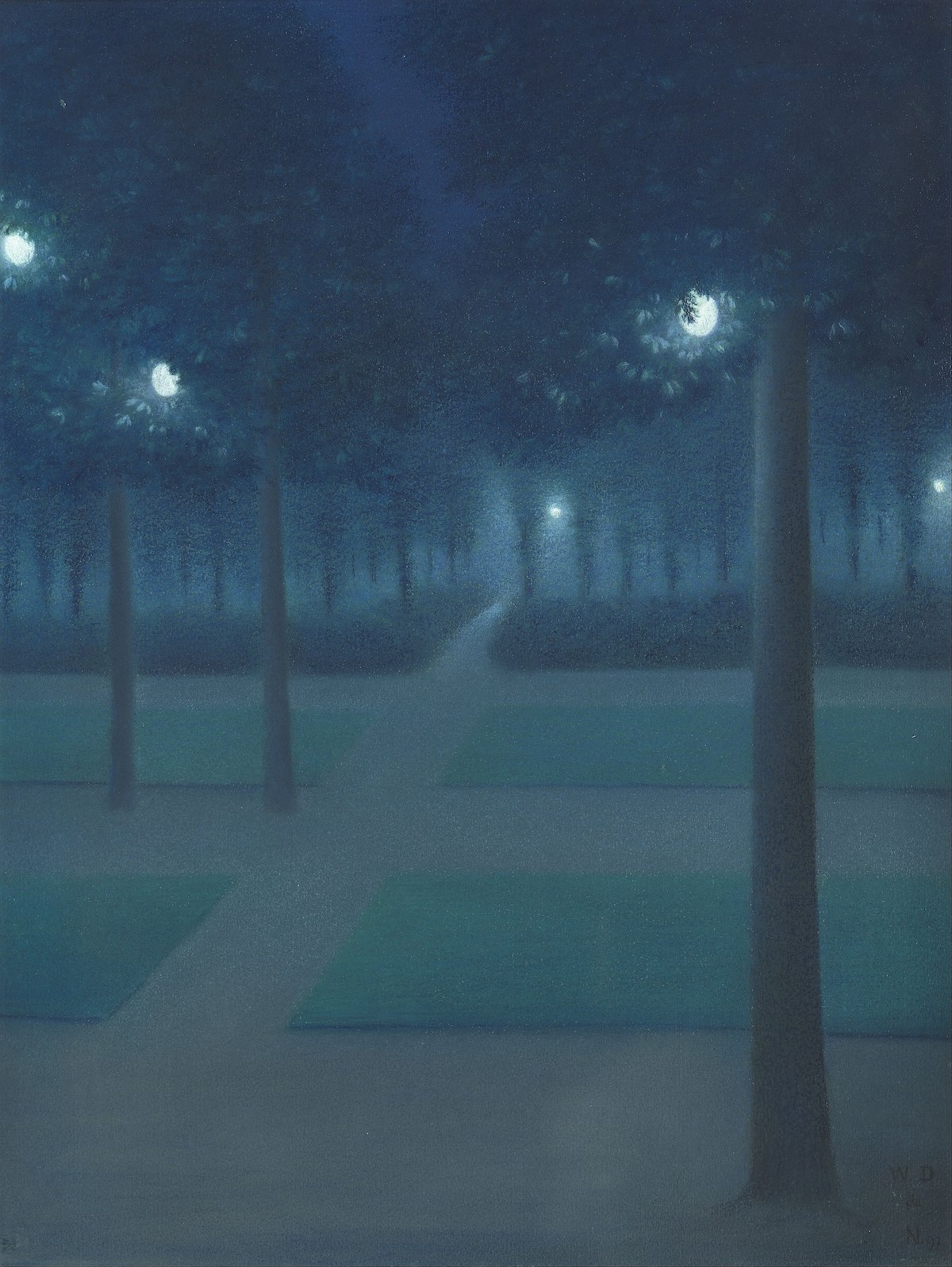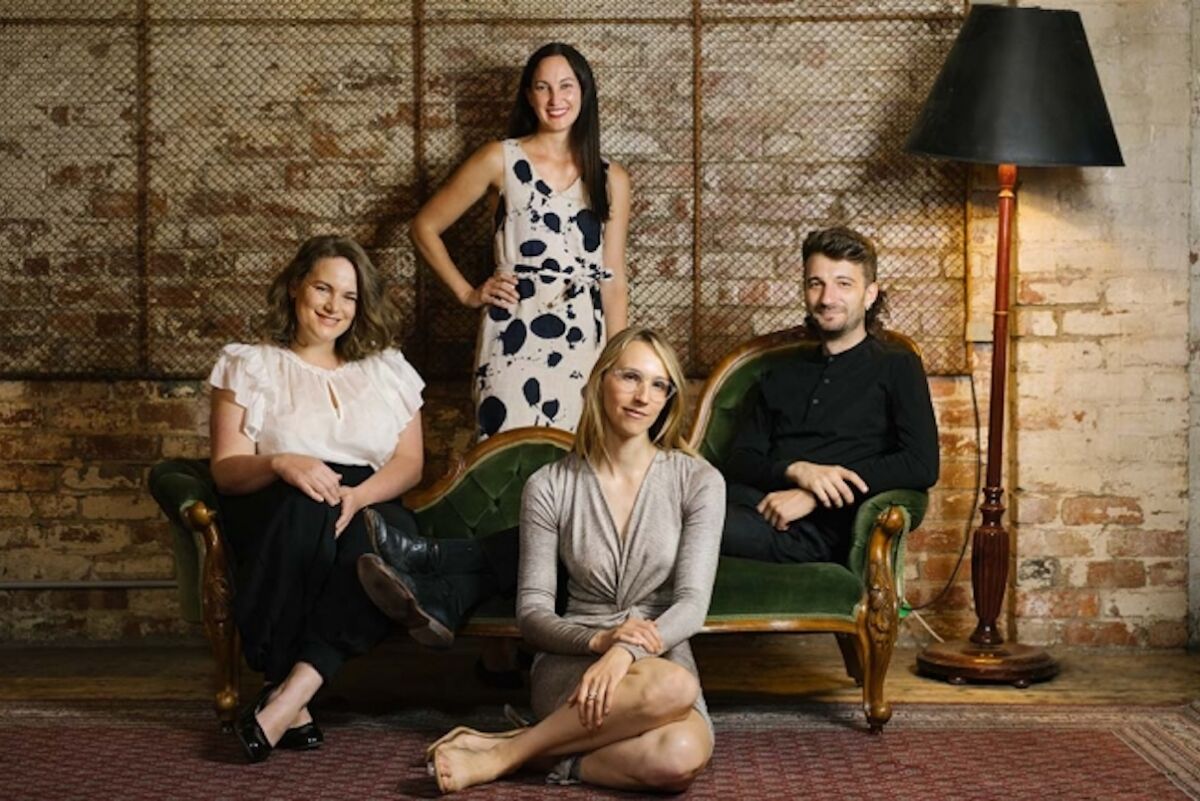In January 2023, Sylvia Lim was announced as the recipient of the 2022 Pythia Prize, a commission awarded by Rubiks Collective to an Australian composer, funding the development of a new work to be premiered and recorded by the ensemble.
More than a year later, Lim’s Shades of Night is about to receive its world premiere at Melbourne’s Abbotsford Convent on 12 April.
“The piece mainly explores our perception in the dark – indistinct outlines, subtle differences in shades,” Lim tells Limelight. “Sonically, I tried to evoke that by creating more ambiguity and overlap in the instruments, blurring them together with unstable sounds.”
“It’s less about finding a direct translation of the sounds we might hear at night, and more about finding ways to capture the atmosphere of introspection, of our physical and mental wandering.”
Lim is an Australian composer, now based in the UK. Her work has been performed by a range of ensembles including the BBC Singers and by members of the London Symphony and Aurora orchestras. Her work often takes particular interest in the minutia of sound and what can be extracted from a minimal amount of material. With Shades of Night, her interest lay in the “quiet anticipation” of the night.
“I was drawn to the sense of possibility, when we encounter something unfamiliar or intriguing in a different light. I wanted the musicians to embody that experience. At times, they have to navigate the sonic landscape without the whole picture. Parts of the piece are a little more flexible in that the performers are asked to find something together in the moment, within particular constraints.”

Sylvia Lim. Photo © Nina Close
According to Rubiks Collective’s Tamara Kohler, who will perform on bass flute for the work, Shades of Night is “a delicate nightscape full of intrigue, mystery and wonder”. Working in an “evocative visual design” by artist Allison Chhorn, Kohler tells Limelight that performing the work feels like “each of us are sonically embodying our own shadows”.
Lim says it was a “real privilege” to work with Chhorn. They found similar aesthetic values in their work. Chhorn describes the partnership as a ” shared sensibility for materiality, abstraction and particularly, the sense of possibility in limitations; in this case, to the darkness.”
“Sylvia’s initial visual reference, the Belgian Symbolist William Degouve de Nuncques’ night paintings, were a great starting point in terms of the tone and mood she envisioned,” Chhorn explains.

Nocturn in the Parc Royal, Brussells by William Degouve de Nuncques. Image: Wikimedia Commons
The relationship between Chhorn and Lim was conducted primarily online, where material shared was often raw and unfinished. Both artists found a sense of solace in sharing raw and unfinished material with each other; Lim says Chhorn was a “valuable sounding board” for ideas in progress.
The first fragments of sound brought notions of “bioluminescence and creatures in the night” to Chhorn’s imagination, and informed the early development of the work, though it became more and more “invisible” as she sat with the work. An in-person Rubiks workshop of the piece that she visited was also pivotal in her creative process. Lim’s unconventional techniques and space for improvisation led to Chorn “thinking about the visual equivalent, and practical ways of controlling the light in real time.”
“The resulting visual aspect is an expanded cinema experience that feels more like ambient mood lighting than traditional projection,” Chhorn says. “It comes back to referencing bioluminescence in an abstract way, and evokes the moonlit tone in de Nuncques’ paintings, with the movement of light being controlled live and responding directly to the music.”

Rubiks Collective. Photo © Cameron Jamieson.
Kohler explains that each work on the program is connected by an individual exploration of “internal and external perceptions of time, whether it be our daily routines driven by sunlight, the innate stillness in the depth of night, or the persistent ticking of a clock”. The program borrows its name from work composed for Rubiks in 2020 by Dmitri Tymoczko, the second work he’s written for the ensemble.
“Shy Creatures is an absolute party!” Kohler says. “Across three movements, we journey with a vole and various sea creatures in a race against time to find a voice for these seemingly introverted beings. Tymoczko’s music is genre-bending, drawing on influences of rock, jazz and Romanticism.”
Also on the program is Kate Neal’s Sunrise and Cello Solo (A Game), both excerpts from the collaborative work, A Book Of Hours, developed with Rubiks. Both are works that “showcase Kate’s incredible intuition for pairing unusual instrumental sonorities”.
Last year, Lim told Limelight that one of the things she was looking forward to most was the “joyful accidents” that come through the compositional process. Ultimately, these became more important to the formation of the work than Lim first envisioned.
“They seemed even more important in this work, because of its links to the darkness and the unknown,” she explains.
“I tried to create an environment where this might happen naturally in performance. During the first workshop, there were a few seconds of material that emerged from an improvisation exercise which became the starting point for the second movement. The way this material got developed was also unfamiliar to me because it involved developing it with the whole ensemble improvising at the same time, while I usually work by layering individual sounds and building up textures more gradually.
“I don’t think I would have found this material on my own, and really, I love how these unexpected moments got woven into the fabric of the work, becoming a record of what it was like to work with Rubiks.”
Sylvia Lim’s Shades of Night will receive its world premiere with the Rubiks Collective on on 12 April at Abbotsford Convent, Melbourne.











Comments
Log in to join the conversation.